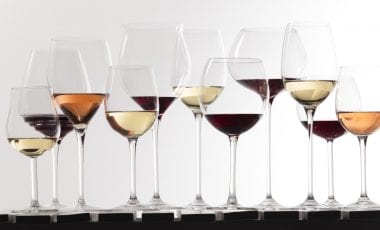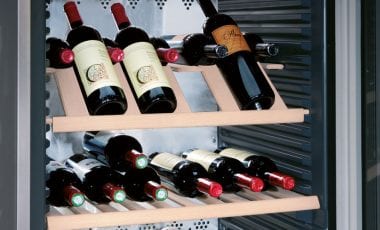
It is estimated that around 17 billion wine bottles are filled and sealed annually. Nowadays, alongside traditional cork and synthetic plastic stoppers, there is a growing trend towards screw top closures, but which kind is the best solution for it?
Till recent times, wine enthusiasts would have thought it inconceivable, that their favourite wines could be truly savoured without the sacred ritual of gently extracting the natural cork from the bottle. And, for a long time, the convenient, tried and tested screw tops were reserved for bottles of more modest wines. But now, the misconception that screw tops should only be used for less expensive wines has finally died and, for quite some time, already a good number of premium quality wines have been on the market with screw top and not cork closures. There have been two main driving factors behind this shift towards screw tops: a desire to avoid dreaded possibility that a wine is ‘corked’ on opening and an intrinsic feeling that the wine enjoyed in the glass should be just as the vintner intended it to be, i.e. completely uninfluenced by the bottling process.
The extent to which the screw top has lost its association with cheaper wine is clearly demonstrated by the esteemed Australian producer Penfolds with its ‘RWT’, a true ‘cult wine’ from ‘Down Under’ and a prestige tipple, which retails at around £100 +. It has been on sale in Germany with a screw top since 2004 and is, most likely, the most exclusive screw top wine that has been brought to the German market so far. Of course, as you would expect, some connoisseurs have had lingering doubts as to whether a screw top bottle can facilitate the full maturation of a superior wine during storage.
The argument frequently put forward is that, for optimum development of the wine in the bottle, the very slightest gaseous exchange is required, a quasi breathing through the natural cork, which is absent when the wine is hermetically sealed with a screw top. This fear has, however, been refuted on many occasions in scientific studies. In 2001, the renowned Australian Wine Research Institute published a study that decidedly lay to rest the notion that a screw top has any adverse effect of on the storability of wine. Evidently the oxygen occupying the headroom in the bottle, together with that dissolved in the wine itself, is absolutely sufficient to guarantee favourable maturation.
You might also find these articles interesting:
Cool and dark – the most important aspects of wine storage (part 1)
Cool and dark – the most important aspects of wine storage (part 2)
Do you have any questions about this post? Then please write to us! Use the Comment function below this post or discuss it with us on Facebook.





